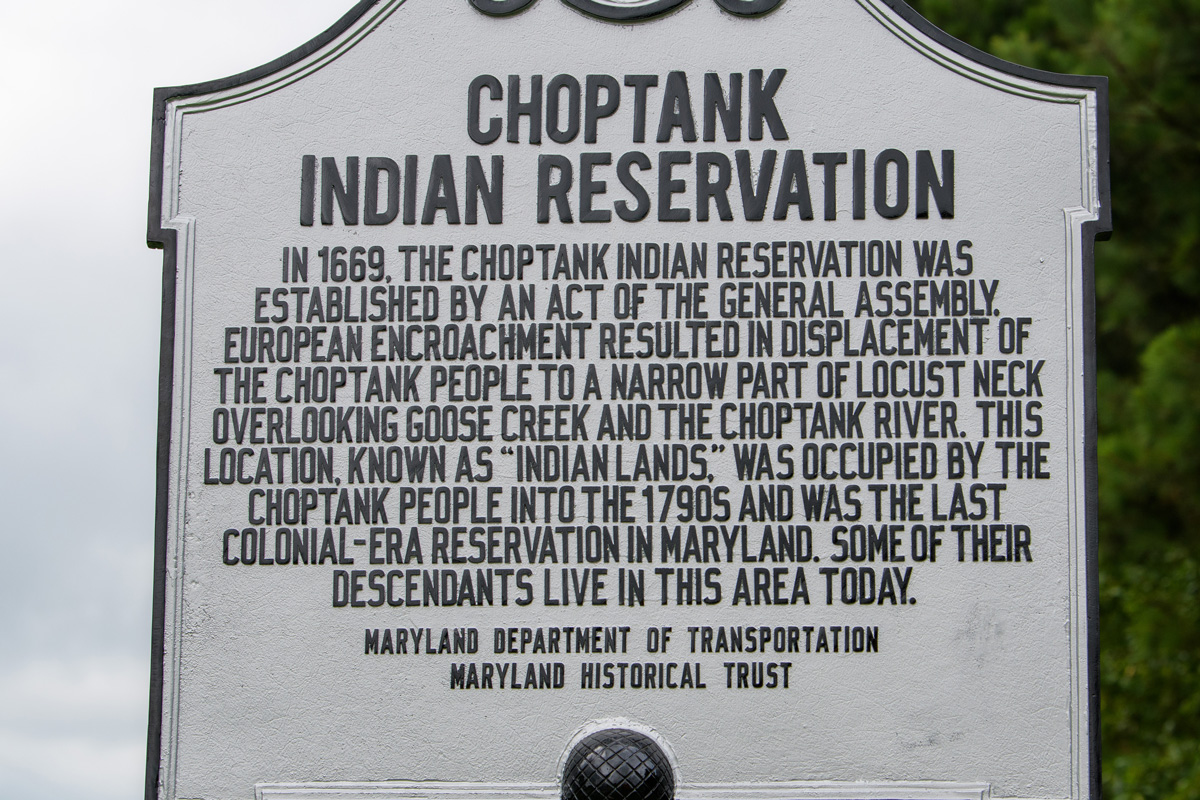From bustling cities and busy ports to peaceful mountain peaks and picturesque shores, Maryland’s story is written across its landscapes. One of the most fascinating ways to connect with the state’s history is through its roadside historical markers. These markers are signs that often reveal extraordinary stories, as they commemorate key events, people and places that shaped Maryland’s identity—offering an accessible way for residents and visitors to learn about the Free State’s rich heritage.
All throughout Maryland there are different types of historical markers – each serving a unique purpose. While some highlight the achievements of local individuals who made important contributions, others commemorate significant events that shaped different areas. There are also markers that point out the importance of particular places, like battlefields, landmarks and even entire neighborhoods that have had a lasting impact on the state’s culture. With approximately 800 markers scattered throughout Maryland, there’s always something new to explore.
To honor the lives of notable Marylanders whose legacy transcended state lines and transformed American history, two markers were recently erected in Easton and Dorchester celebrating the births of Frederick Douglass and Harriett Tubman, respectively. Each marker stands as a tribute to the lasting contributions of the two abolitionists and their remarkable journeys from slavery to freedom.
As for those commemorating cultural spaces, two markers that stand out for their historical significance are the Jonathan Street Marker in Hagerstown and the Choptank Indian Reservation Marker in Cambridge. Both markers shed light on important chapters of Maryland’s history that are often overlooked but critical to understanding the state’s diversity and cultural heritage.
.png)
An MDOT employee installs the Jonathan Street historical marker in May 2024. (MDOT)
The Jonathan Street Marker is located in Hagerstown, a city in Western Maryland with a rich history tied to African American communities. For much of the 19th and 20th centuries, Jonathan Street was a hub of African American life in Hagerstown. It was home to local leaders, educators, and entrepreneurs who fought against segregation and injustice. The marker serves as a reminder of the resilience of the Jonathan Street community and its profound impact on the state’s African American history. Today, the area still holds cultural significance, and visiting the marker is an opportunity to reflect on the struggles and achievements of those who lived there.
Over in the Eastern Shore, in Cambridge, you’ll find the Choptank Indian Reservation Marker, which honors the Choptank people, one of the Indigenous tribes of Maryland. The Choptank tribe, part of the larger Algonquin-speaking group, lived along the Choptank River and the surrounding areas for centuries. The marker highlights the history of the Choptank people, their way of life, and their enduring connection to the land. The marker also encourages visitors to learn more about Maryland’s indigenous peoples and the many ways in which they shaped the history of the state.

The Choptank roadside historical marker was installed in July 2024 in Cambridge, MD. (MDOT)
As you travel through Maryland, these roadside historical markers invite you to connect with the stories that make this state so unique. From the rich African American heritage of Jonathan Street to the lasting impact of the Choptank people, each marker tells a story of resilience, community and culture. Learn more about the Maryland Roadside Historical Marker program here. Check out our interactive map to find a marker near you and plan your next historical adventure!
Roshane Bennett is Corporate Employee Communications and Engagement Coordinator at the Maryland Department of Transportation.

